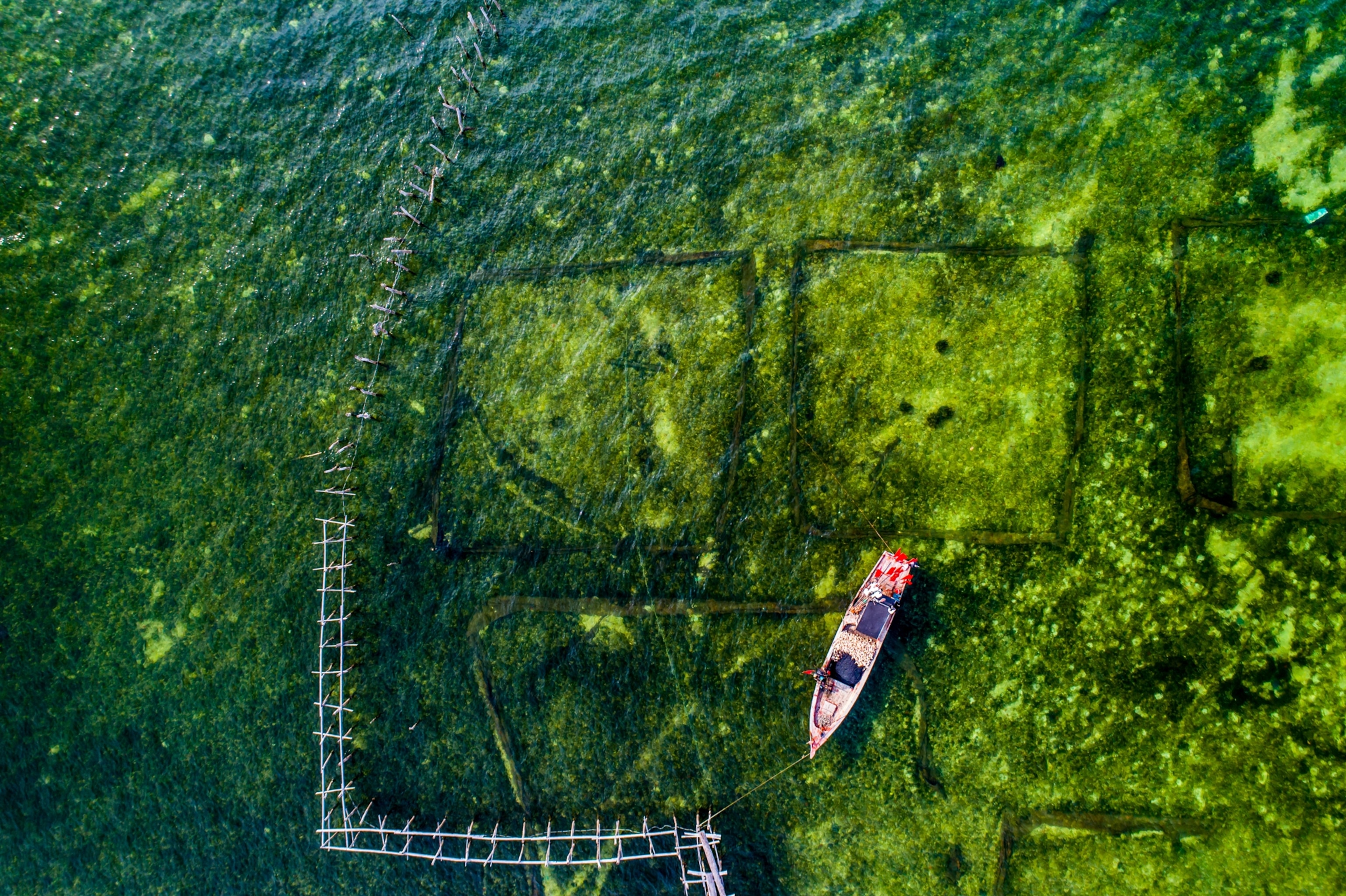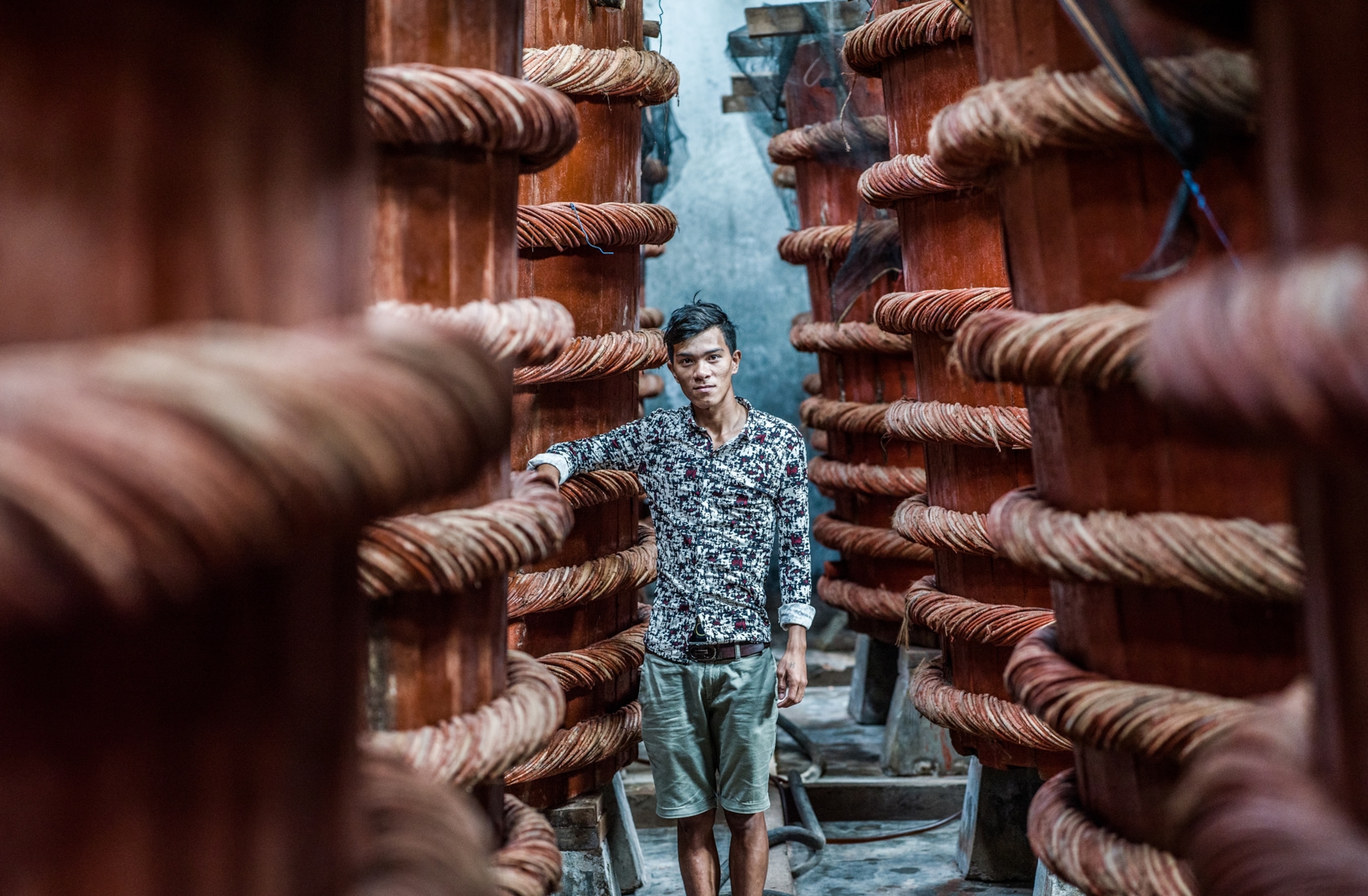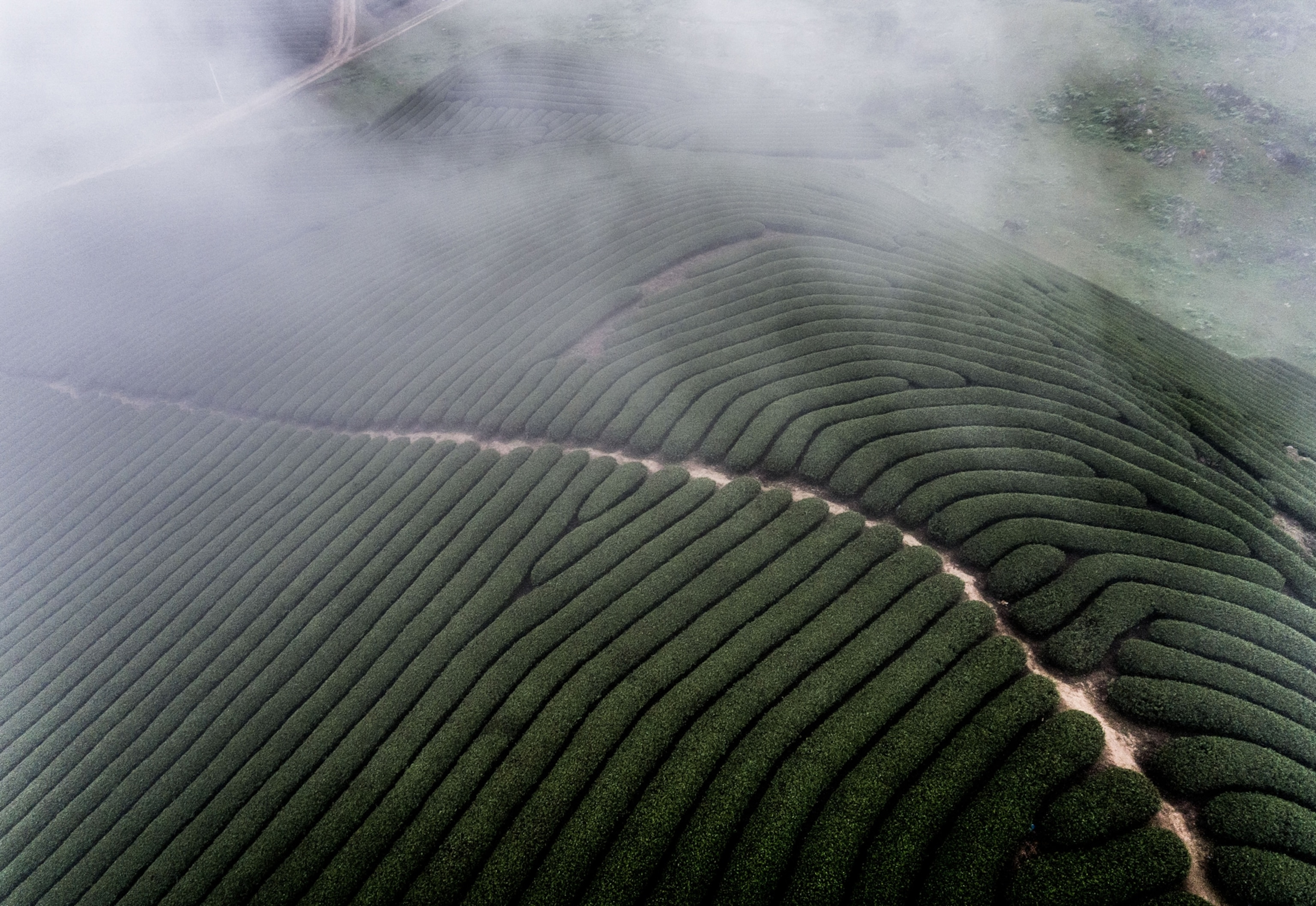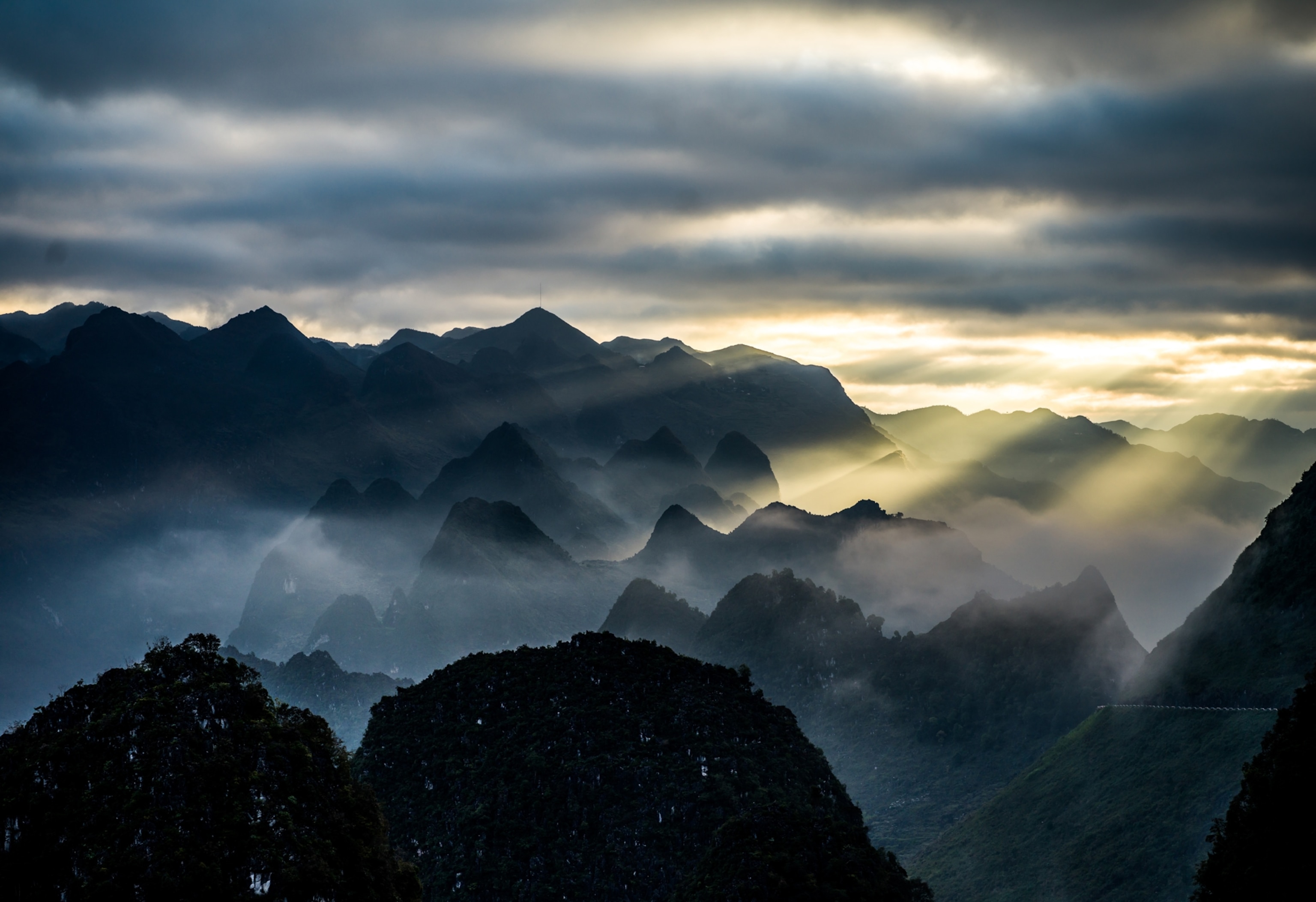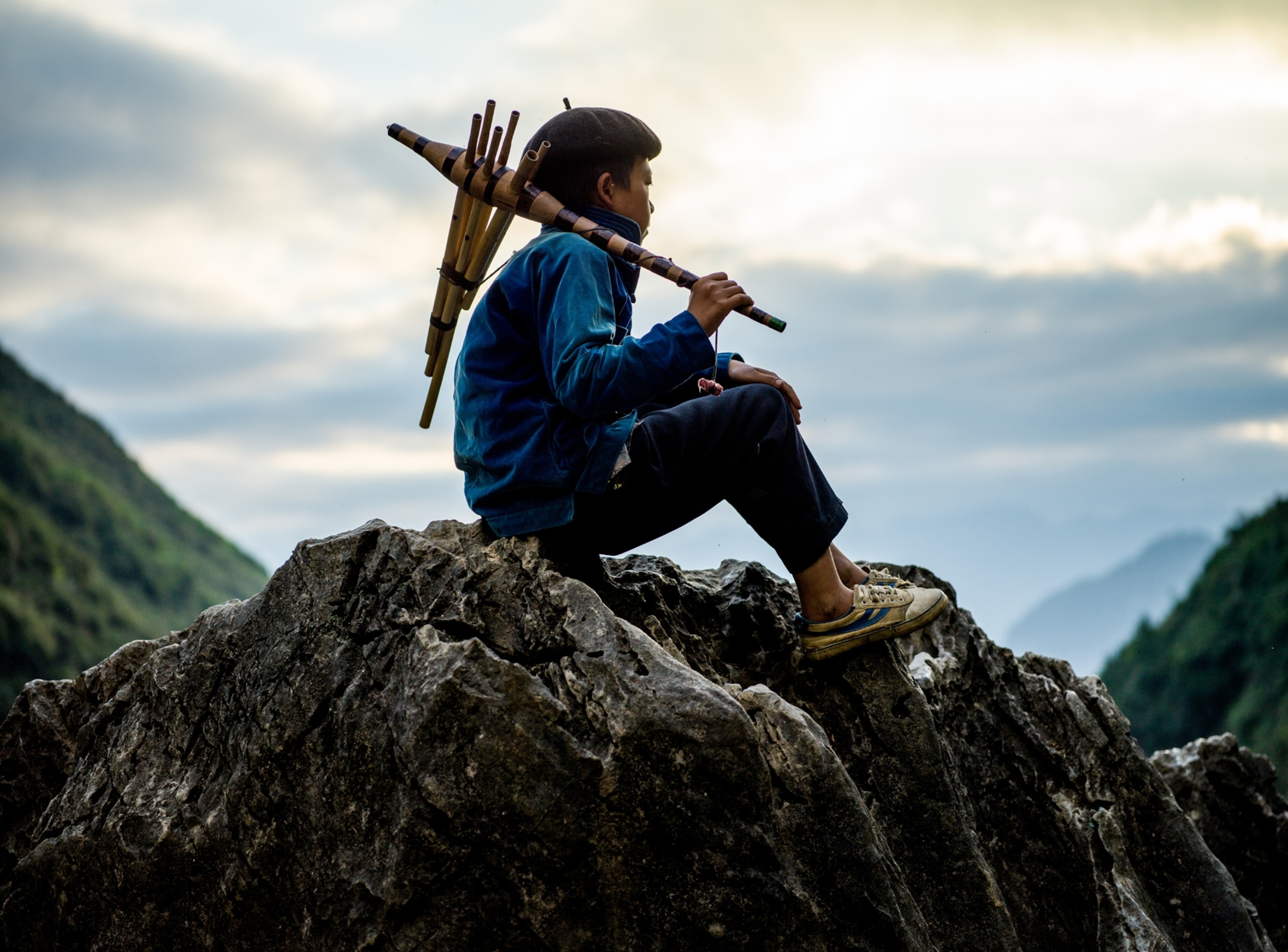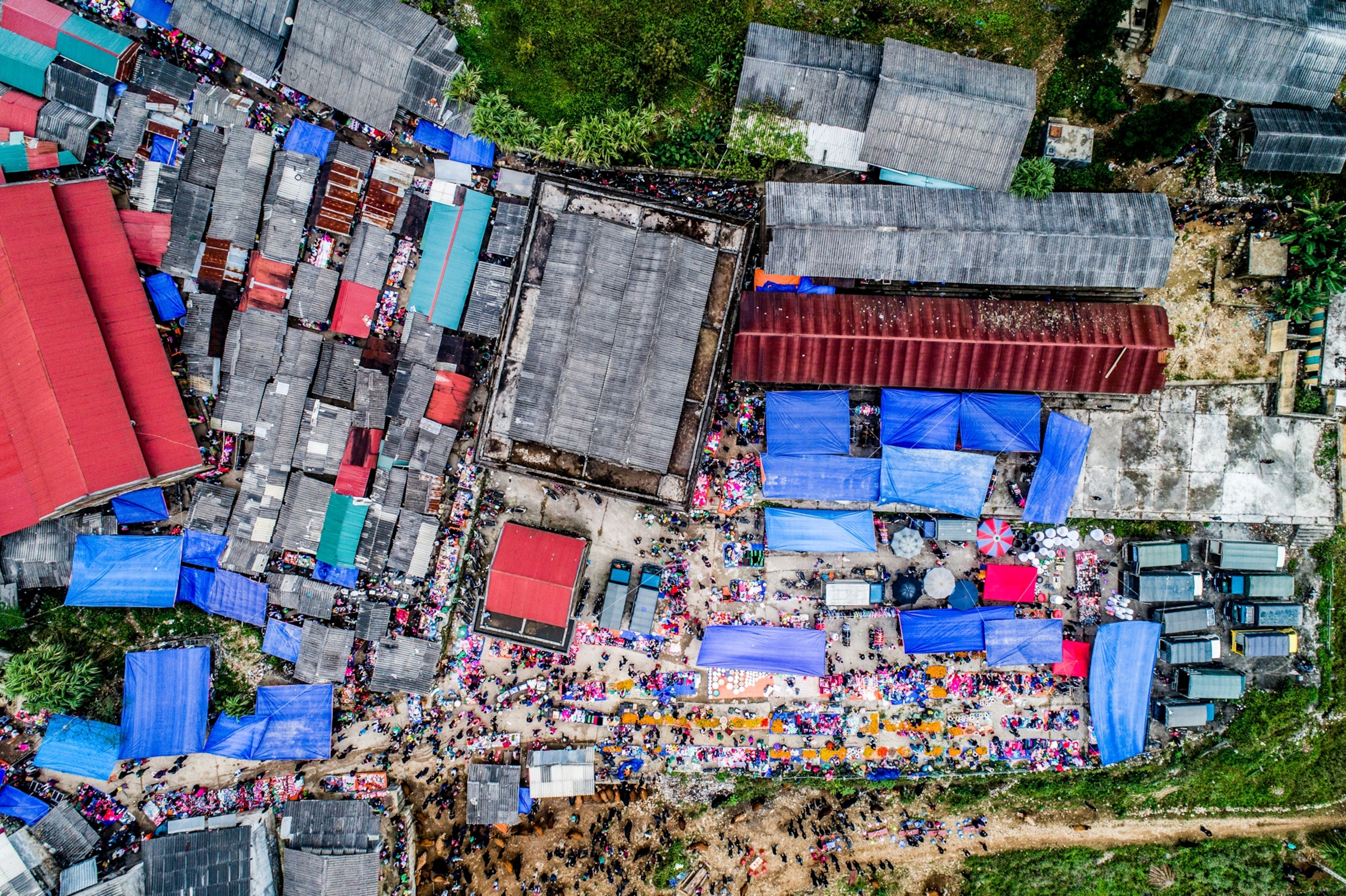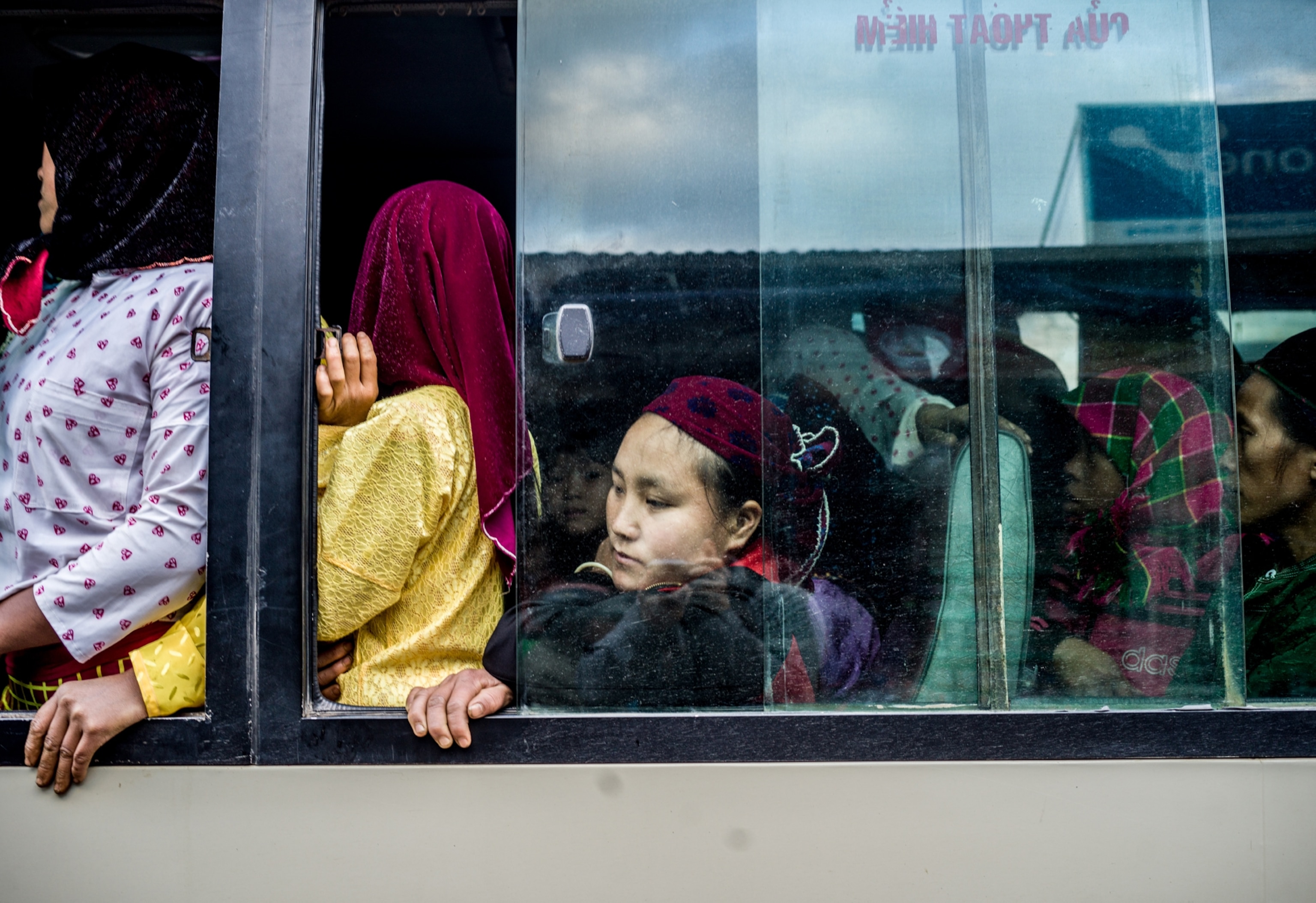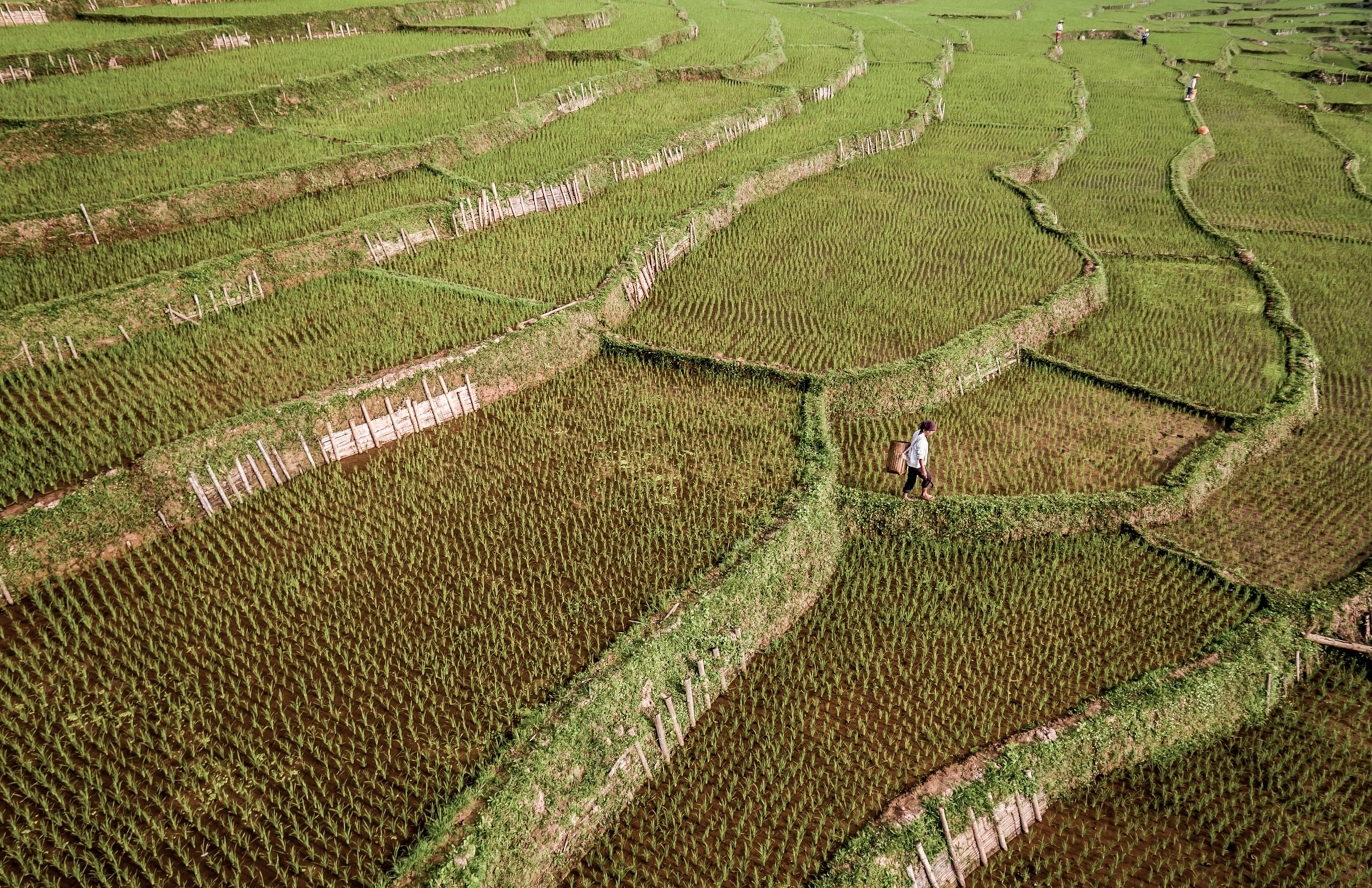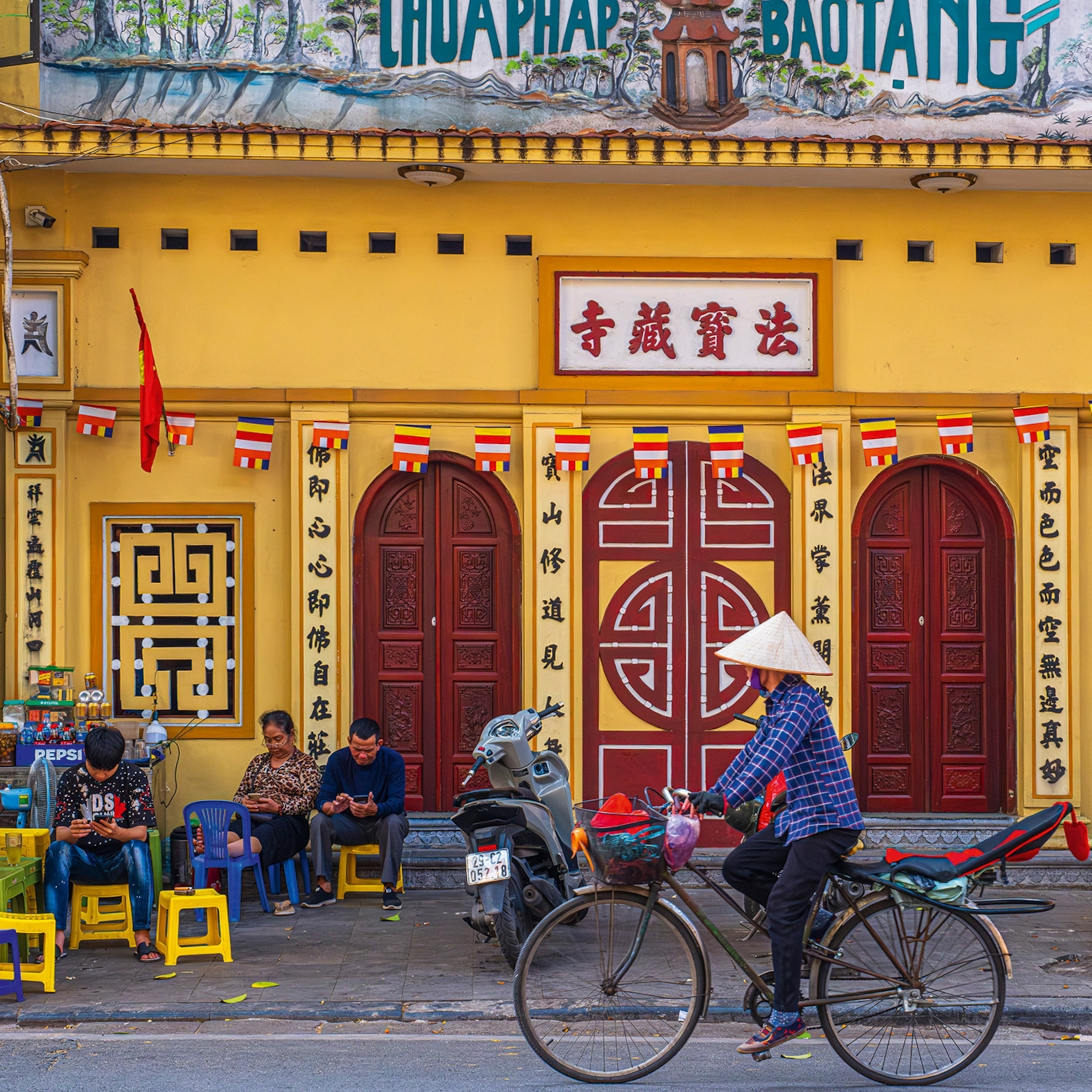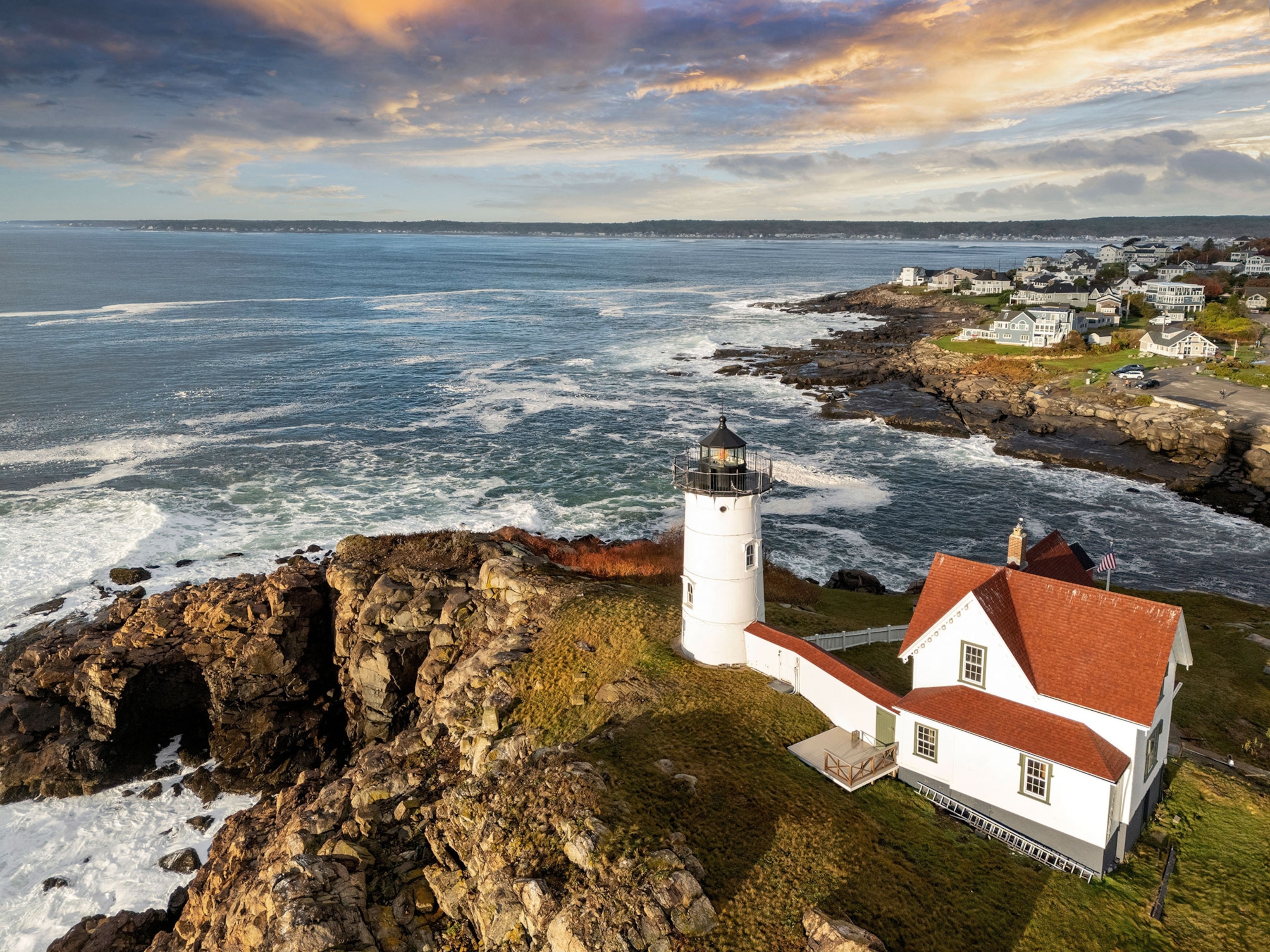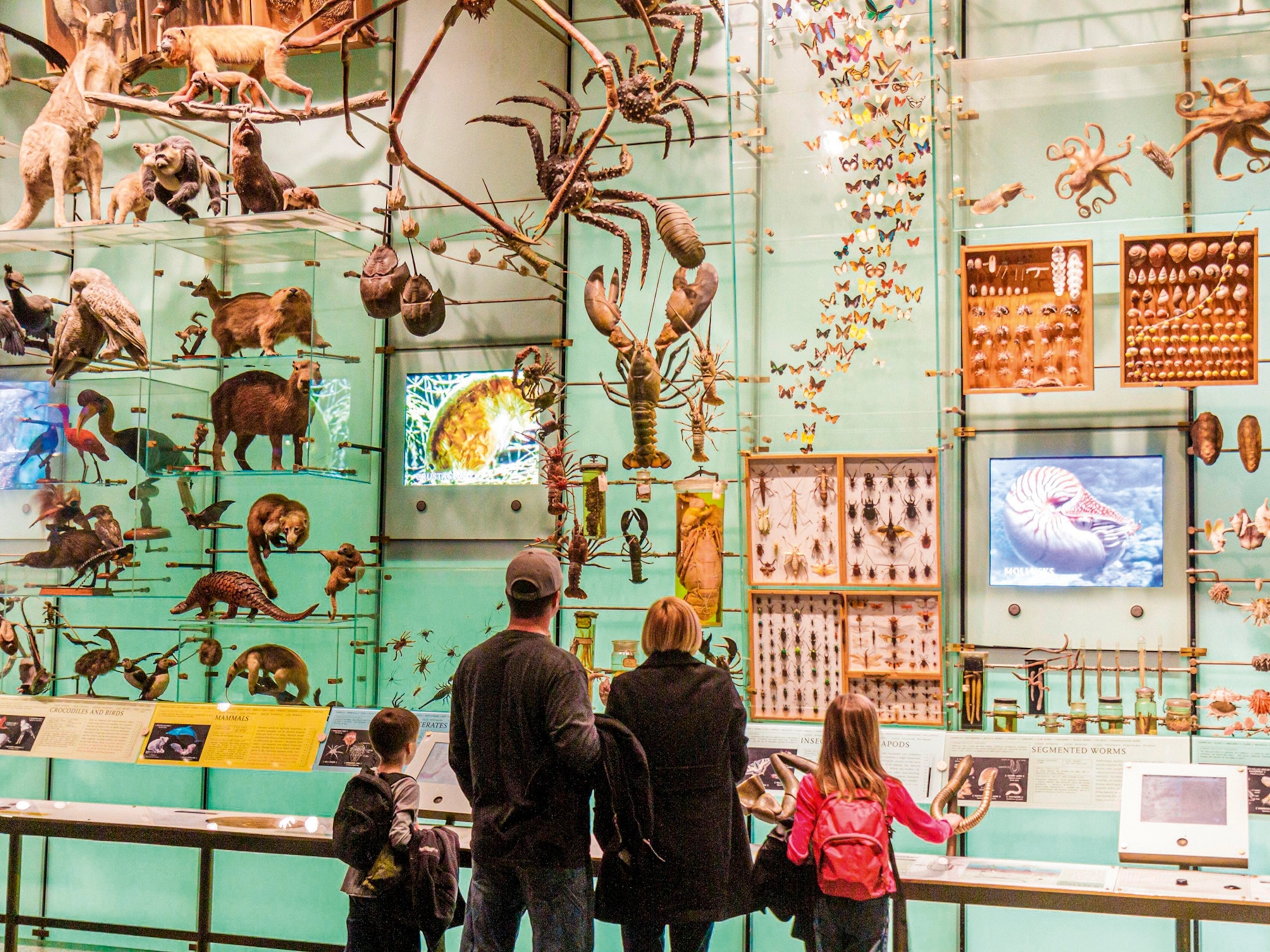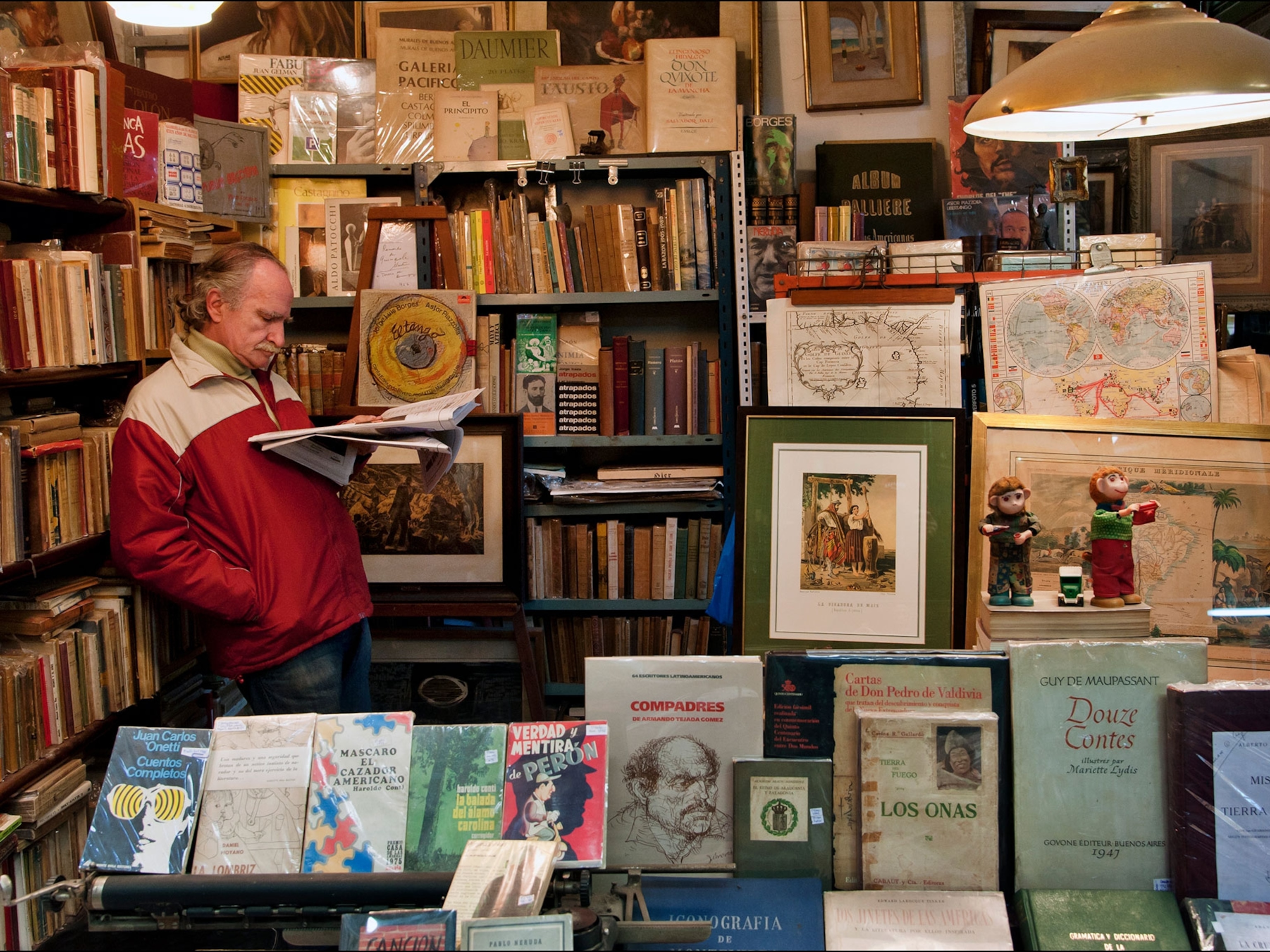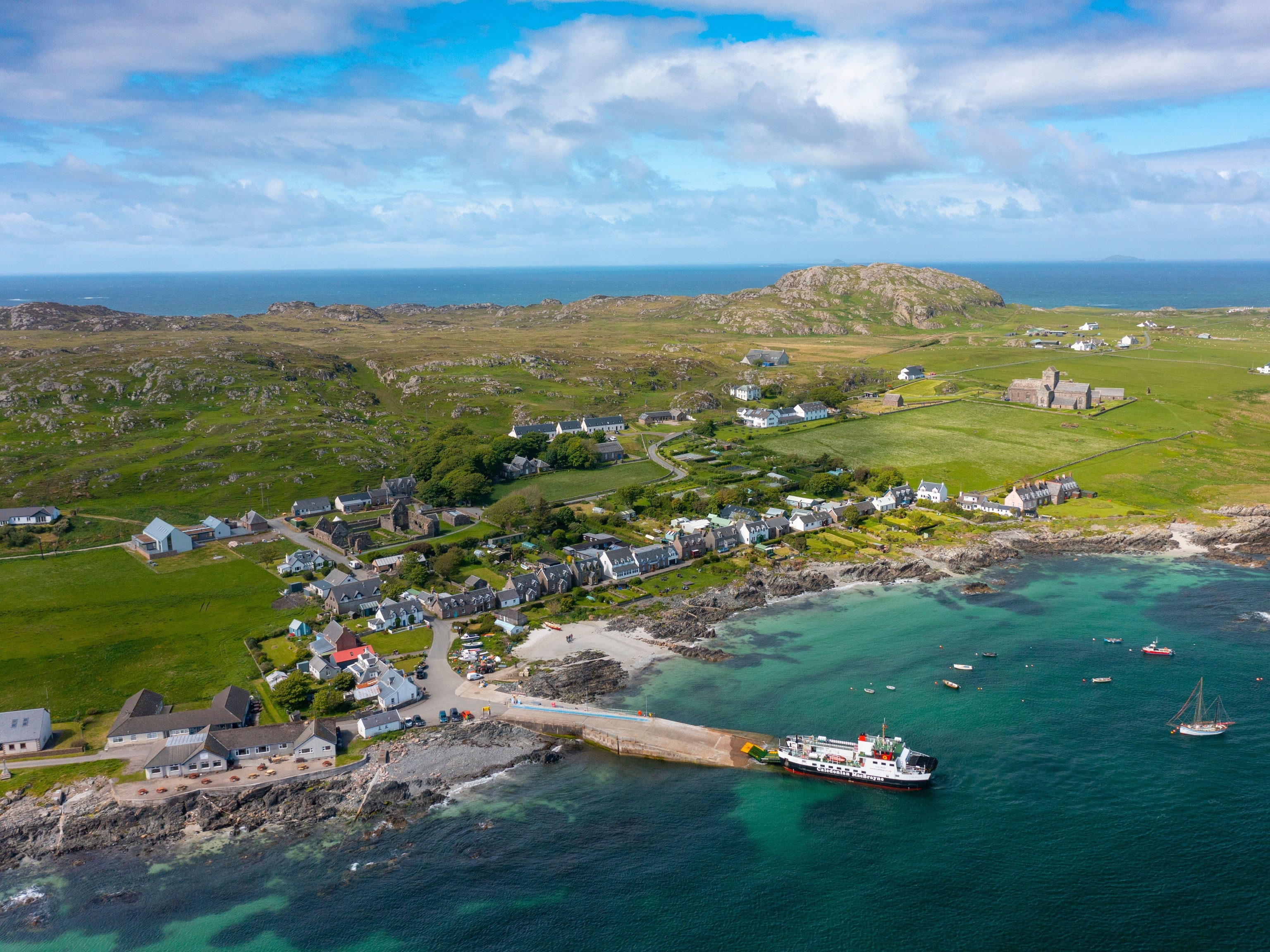
Craft brews and skyline views: The ultimate Ho Chi Minh City itinerary
Savor the sights and sounds of Saigon through its French architecture, canal-side pagodas, and delicious Vietnamese coffee.
With its 19th-century buildings, historic hotels, and traditional markets, an impressive past is evident throughout Ho Chi Minh City. Still widely known as Saigon, the sprawling riverside metropolis was formerly the capital of the French protectorate of Cochinchina and later South Vietnam. Today it's a destination well worth exploring for its fusion of Asian and Western design elements, skyscrapers overlooking traditional Buddhist pagodas, canal-side cafés, heady Vietnamese coffee, and flavorful street food. Here’s how to make the most of a weekend in Ho Chi Minh City.
Day 1: Skyscrapers, stories, and souvenirs
11 a.m. One of the best vantage points to take in Ho Chi Minh’s cityscape is at the 68-story Bitexco Financial Tower in District 1. Most tourists head to the tower’s observation deck, Saigon Skydeck, on the 49th floor, but if you’re looking for an expansive view without a cover charge, head to the 50th floor of Eon51 café. Order a cappuccino and let Saigon’s vibrant skyline blow you away. If you feel like splurging, climb another level to Eon51 Sky Dining, a 360-degree fine dining Asian restaurant. Slurp down a bowl of pho while watching the sun beam over Ho Chi Minh’s skyscrapers, Cantonese pagodas, and the Saigon River. (See 20 of the world's most beautiful Buddhist temples.)
12 p.m. Ho Chi Minh’s upmarket French Quarter features art deco buildings reminiscent of colonial rule. The area brims with tree-lined boulevards, swanky hotels, and high-end fashion stores. Discover historical treasures at the Museum of Vietnamese History, or head to the striking Notre Dame Cathedral, opened in 1880 to provide religious services for French Catholics residing in Vietnam. The neo-Romanesque structure was built using red brick and stained glass, both imported from France. While the building is currently closed for renovation, the exterior is worth the trip. Another architectural marvel lies across the road: the Saigon Central Post Office, constructed by French architect Marie-Alfred Foulhoux in 1891. Its impressive design would thrill any history geek, with features like a giant clock face, arched windows, vaulted ceilings, art deco floors, and rare maps of Vietnam.
2 p.m. While there are no signs or plaques commemorating the role of Pittman Apartments in the city’s history, it was here that Dutch photojournalist Hubert van Es captured the defining image of the fall of Saigon on April 29, 1975. The famous photo depicts the South Vietnamese clambering up a ladder to reach a U.S. military helicopter perched atop this building’s elevator shaft in a bid to escape Communist forces who claimed the city a day later. This rooftop at 22 Lý Tự Trọng Street in District 1 may not be an official tourist attraction, but remains one of the most significant sites in the city.
3 p.m. Operating in the same location as vendors of the early 17th century, the Bến Thành Market at Lê Thánh Tôn lies in the heart of Ho Chi Minh. Here, haggling is part of the shopping experience and a walk around the market is a great way to soak in the city’s sights and sounds. In addition to clothes, footwear, brocade, and jewelry, visitors can score great souvenirs, including the nón lá (the Vietnamese conical straw hat), wooden slippers, and coffee filters. Tip: The jewelry shops across the street offer the best currency exchange rates.
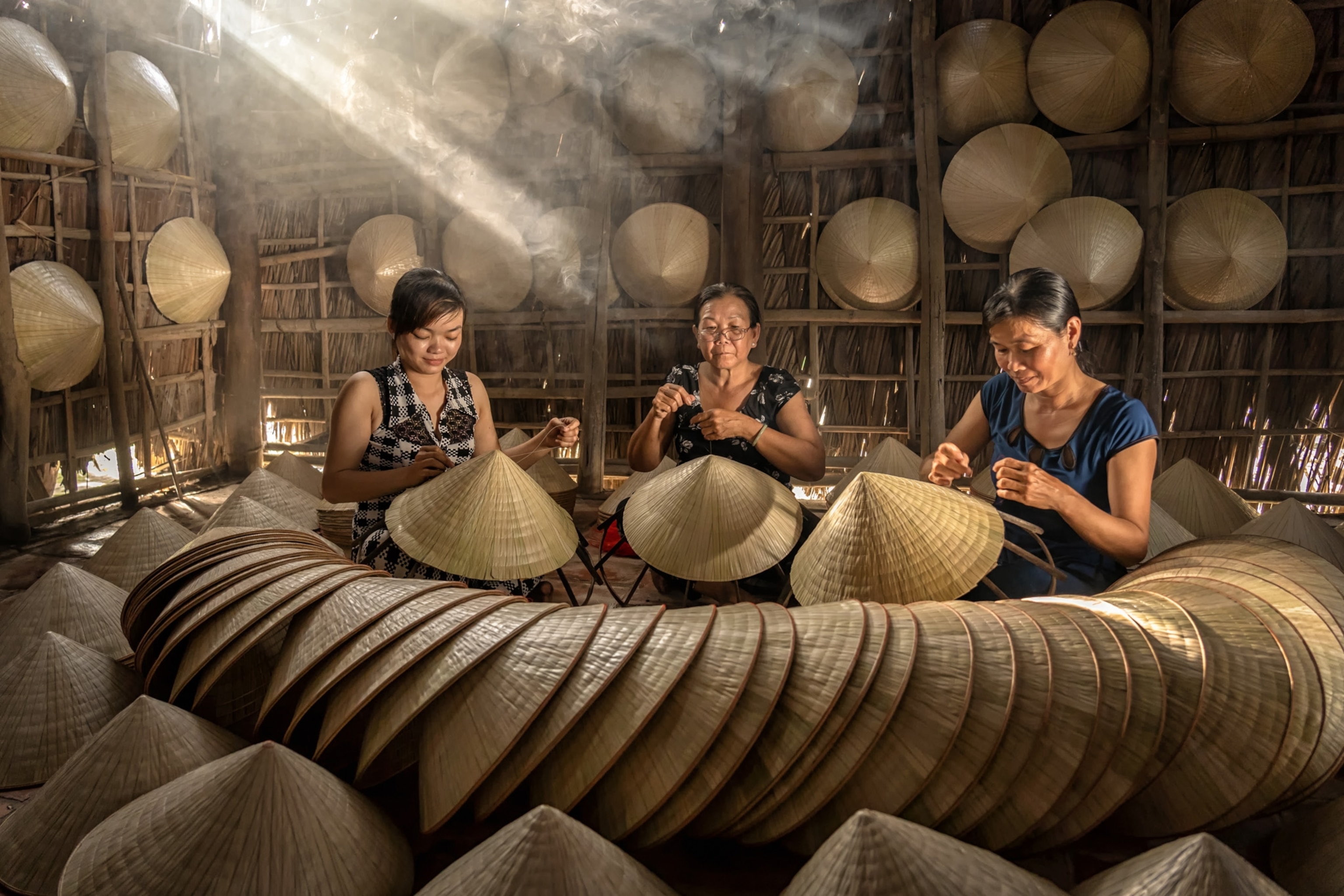
Another popular market for souvenirs and knick-knacks is Lê Công Kiều, popularly known as Antique Street. The stretch is packed with shops chock-full of stone statues, lamps, ceramic pots, clocks, and coins. Rummage through it all and you might just unearth a rare find.
6 p.m. While there are multiple options for street food tours, Saigon Free Walking Tours is among the best when it comes to sampling local Vietnamese cuisine. Run by a network of volunteer student guides and tour leaders, it was created to support authentic local eateries. The four-hour tour allows visitors to sample dishes such as bánh mì (Vietnamese baguette packed with coriander, pickled carrots, daikon radish, and pork, chicken, or tofu), bún thịt nướng (cold vermicelli noodles topped with grilled pork), and cơm tấm (broken rice with grilled pork). Wash it down with a chilled glass of local beer available at most roadside establishments.
10 p.m. Soothe your weary feet after a long day of exploration at one of the many foot massage parlors that dot the Pham Ngu Lao area in District 1. Most are open late into the night and some even serve a glass of wine during manicures and pedicures. Agree on the cost of the services in advance.
Day 2 Coffee, canals, and craft beer
8 a.m. There’s coffee and then there’s Vietnamese cà phê sữa đá. Since French colonists introduced it in the 19th century, coffee is something of an obsession in Vietnam. The freshly brewed iced coffee, made from locally grown dark roast coffee over a single metal French drip filter and mixed with condensed milk, works wonders in Ho Chi Minh’s intense humidity. While coffee shops abound, order a cup from any street vendor for half the price and same quality.
8.30. a.m. In the heart of Ho Chi Minh’s city center lies Tao Dan Park, a 25-acre haven featuring an impressive canopy of century-old mahogany trees. The Ð Truong Dinh street bisects the park—a sculpture garden is located on the northeastern fringes, while the center flaunts a miniature red-brick Cham temple and shrine dedicated to the Hùng kings who founded Ho Chi Minh. Every morning, locals gather in Tao Dan for dance classes, tai chi, shadow boxing, and hula-hooping.
12 p.m. Despite the relative infancy of the craft beer scene in the city, beer brewing in Vietnam goes back to the 1890s, when it was introduced by the French. Light lagers by brands like Bia Hoi are local favorites. However, newer breweries and tasting rooms such as Pasteur Street Brewing Co and Heart of Darkness have gained popularity. Heart of Darkness’s tasting room has a cozy, brick interior and an airy garden, and brews more than 100 different types of craft beer. Try their Kurtz Insane with tones of grapefruit and pine or the smooth Sacred Fire with a hint of passion fruit and caramel.
2 p.m. If you can’t fit a trip to the Mekong Delta in your itinerary, head to Binh Quoi Village, a waterside oasis located five miles northeast of the city center. Entry is free, and visitors can paddle on the placid lake, try their hand at fishing, or kick back with a beer and enjoy various restaurants and cultural events that take place across bamboo huts dotting the waterways. The best time to visit the village is weekday mornings when there are fewer visitors. However, the vibe is livelier evenings and weekends when visitors flock to the traditional buffets on the water.
4 p.m. While the Jade Emperor Pagoda is Ho Chi Minh’s most famous shrine, the ornate Vinh Nghiem Pagoda and Wat Chantaransay are also worth a visit. The three temples belong to three different schools of Buddhism—Jade Emperor is a Taoist pagoda, Vinh Nghiem is the largest Mahayana Buddhist pagoda in the city, and Wat Chantaransay is dedicated to the Theravada Buddhist tradition. Walk along the Nhieu Loc-Thi Nghe canal, the easiest way to navigate Ho Chi Minh while avoiding the busiest arterial roads.
6 p.m. Make the most of your last few hours in Ho Chi Minh on the main streets of the backpacker district: Bui Vien, De Tham, and Pham Ngu Lao. They are packed with restaurants, coffee shops, and watering holes, and the revelry continues into the wee hours of the morning. For a more upscale experience, head to the rooftop bars of of the city’s iconic hotels: the Rex, Caravelle, and Majestic. While drinks are expensive, these places have a colorful history and impressive views. During the Vietnam War, a number of U.S. television networks and news organizations rented offices in Caravelle hotel, while Rex was the seat of Joint U.S. Public Affairs.
- National Geographic Expeditions
